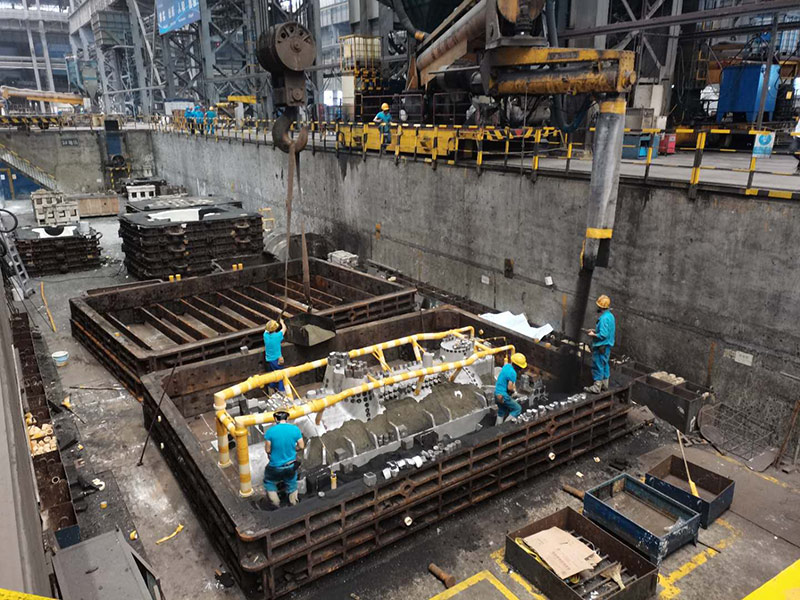Industrial Sand Casting A Time-Tested Technique
Sand casting, one of the oldest and most widely used manufacturing processes, plays a vital role in the industrial sector. This versatile method involves creating a mold from sand to produce metal castings. Despite advancements in technology, industrial sand casting remains pivotal due to its cost-effectiveness, flexibility, and ability to produce complex shapes.
The Sand Casting Process
The sand casting process begins with the creation of a pattern, typically made from wood, metal, or plastic, which replicates the desired shape of the final product. This pattern is then placed in a molding box, where fine silica sand is mixed with a binding agent, usually clay, to form a mold around the pattern. Once the sand is compacted, the pattern is removed, leaving a hollow cavity that mirrors the shape of the desired part.
Next, molten metal is poured into the mold cavity. The choice of metal varies widely, including aluminum, iron, and various alloys, depending on the requirements of the final product. Once the metal cools and solidifies, the sand mold is broken away to reveal the finished casting. This simplicity in the process allows for the production of both large and small parts, ranging from engine blocks to intricate machinery components.
Advantages of Sand Casting
One of the primary advantages of industrial sand casting is its cost-effectiveness. The materials used (primarily sand) are inexpensive and abundant, making it an ideal choice for small-scale and large-scale production. Furthermore, the process does not require extensive tooling, reducing setup costs and lead times.
Flexibility is another significant advantage. Sand casting can accommodate a wide variety of shapes and sizes, which is particularly useful for manufacturers needing to produce custom components. This versatility extends to the types of metals that can be used; practically any alloy can be cast using this method, allowing for material optimization based on performance requirements.
industrial sand casting

Moreover, sand casting is inherently suitable for producing complex geometric shapes that would be challenging or impossible with other manufacturing methods. This capability allows engineers and designers to create more innovative designs, leading to improved product functionality.
Applications Across Industries
Sand casting finds application across various industries, including automotive, aerospace, and construction. In the automotive sector, it is primarily used for producing engine blocks, transmission housings, and other critical components. The aerospace industry relies on sand casting for parts that must endure high temperatures and stresses, such as turbine components.
The construction industry utilizes sand castings for creating durable and strong components like bridge supports and structural elements. Its ability to withstand harsh conditions makes it ideal for outdoor applications, contributing to the longevity of infrastructure.
Environmental Considerations
While industrial sand casting is effective, environmental considerations are essential. The process generates sand waste and can lead to emissions if not managed properly. However, many companies are adopting sustainable practices, such as recycling sand and improving energy efficiency, to minimize their environmental impact.
Conclusion
Industrial sand casting is a foundational manufacturing process that continues to play a significant role in producing various components across multiple industries. Its combination of cost-effectiveness, flexibility, and capability to produce intricate designs makes it an invaluable technique. As industries evolve and new technologies emerge, sand casting will likely adapt and maintain its critical status in manufacturing for years to come. Whether it’s powering engines or constructing buildings, the legacy of sand casting is deeply embedded in our modern industrial landscape.
Post time:Nën . 08, 2024 03:17
Next:Current Pricing Trends for Foundry Sand and Their Market Implications
